Portable NIR sensors in medicinal plant quality control
Posted: 22 February 2022 | Christian W Huck (Institute of Analytical Chemistry & Radiochemistry - University of Innsbruck), Justyna Grabska (Institute of Analytical Chemistry & Radiochemistry - University of Innsbruck), Krzysztof B Bec (Institute of Analytical Chemistry & Radiochemistry - University of Innsbruck) | No comments yet
In the quest for fast and reliable ingredient analysis, Christian W Huck, Krzysztof B Bec and Justyna Grabska from the Institute of Analytical Chemistry and Radiochemistry at the University of Innsbruck, consider the use of portable NIR spectroscopy, comparing the results from standard and miniaturised sensors.
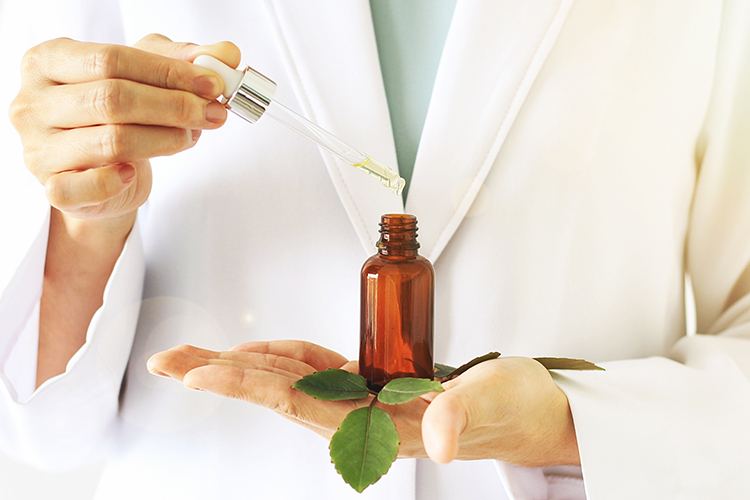

THE GLOBAL HERBAL Medicine Market Share, Trends, Analysis and Forecasts, 2020-2030 report provides insights on key developments, business strategies, research and development activities, supply chain analysis, the competitive landscape and market composition analysis. The global herbal medicine market size was estimated to be $83 billion in 2019 and is expected to reach $550 billion by 2030.
To ensure quality from the start, beginning with plant breeding on the field and continuing through the extraction and production process, requires fast analytical techniques that can record multiple chemical and physical datapoints simultaneously. For this purpose, near-infrared (NIR) spectroscopy has shown great aptitude for more than two decades.1 Since the first appearance of a portable spectrometer, NIR sensors have demonstrated several advantages over others, including fluorescence, laser-induced breakdown spectroscopy, mass spectrometry (MS) and nuclear magnetic resonance (NMR). Recent years have brought ultra-miniaturised NIR spectrometers to fruition, working with either USB power or a built-in battery at a weight of less than 50g, making installation in drones and smart phones a reality2 (Figure 1). Nowadays, those systems can also be operated by non-experts supported by sophisticated software. Searching for “portable NIR spectroscopy” on the ISI Web of Science database results in more than 1,400 publications and 20,000 citations since 2005. Individual miniaturised NIR sensors work with different light sources, wavelength selectors, optical materials and detectors,3 facilitating the analysis of chemical, physical and other properties of the material under investigation.
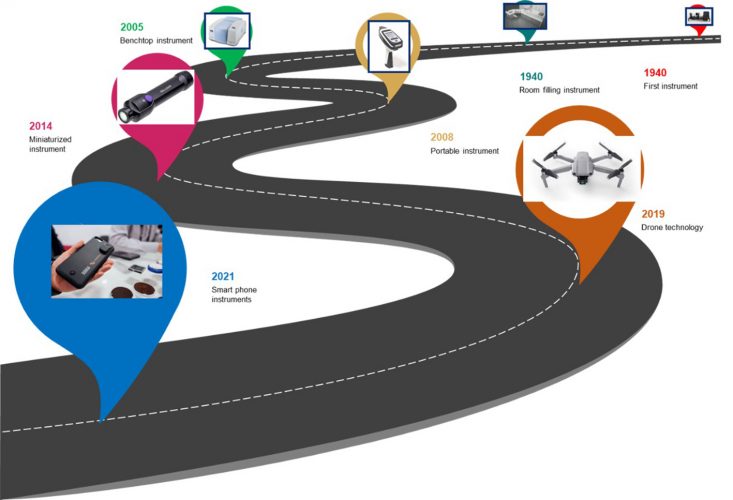

Figure 1: Roadmap with technological milestones in near-infrared spectroscopy.
In 2017, Pezzei et al. examined the possibility of determining the ideal harvest time of Verbena officinalis (also known as vervain) by analysing the key constituents verbenalin and verbascoside.4 The comparative study between conventional and miniaturised spectrometers demonstrated that accurate quantitative calibration models can be developed on portable devices. The study revealed that the content of verbenalin and verbascoside is subject to fluctuations during flowering. The verbenalin content showed strong fluctuation throughout the whole blossom period, ranging from 0.23 percent to 4.30 percent. Verbascoside showed an increasing trend from the middle of the blooming period up to 6.95 percent. Given this, the necessity to implement fast and portable sensor technologies is obvious.
Modern NIR spectroscopy is a formidable tool for quality control of herbal medicines in any form of the sample”
Moisture content is one of the most important quality parameters of natural products. It determines their market suitability, stability and shelf life, and ideally should be constantly monitored. Miniaturised NIR sensors are powerful tools that fulfil these requirements. In a case study, 192 dried plant extracts composed of five different plants harvested in different countries at various times within two years were analysed, employing Karl-Fischer titration as a reference method (values of 1.36 to 6.47 percent) and Gaussian process regression (GPR) and artificial neural network (ANN) to establish calibration and validation models.5
A combination of dispersive solid-phase extraction (SPE) followed by NIR detection and multivariate data analysis (MVA) for the prediction of total polyphenolic content successfully overcomes severe disadvantages, including limit of detection and quantification, repeatability, accuracy and specificity.6 Employing polyvinylpyrrolidone (PVP) as a stationary phase, polyphenols could be detected down to a limit of detection of 12 mgL-1.
To optimise the performance of miniaturised sensors for distinct applications, we have developed the workflow depicted in Figure 2. The flow is based on a performance comparison between benchtop and a miniaturised instrument, against MVA, as well as two-dimensional correlation spectroscopy (2DCOS)7 and quantum chemical calculation8,9 for spectra simulation and exact band assignment.
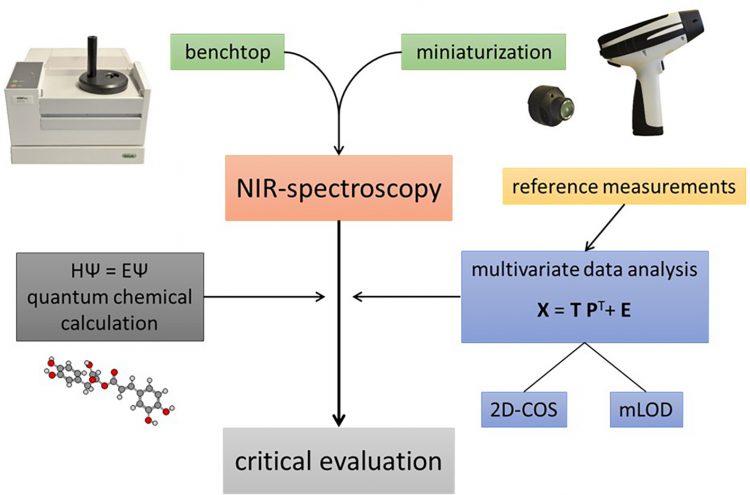

Figure 2: Workflow for optimisation of portable sensor applications.
The complexity of NIR spectra not only makes them difficult for basic interpretation, but also hinders knowledge-based development of applications. Therefore, it is essential to pursue fundamental research towards mechanistic understanding of NIR spectroscopy in its applications. Uniquely, our research team develops proficient linkages between the basic science underlying NIR spectroscopy and its analytical applications. For example, interpreting the difference in results between broadband benchtop and various handheld NIR spectrometers, which can only acquire selective chemical information due to their narrow-waveband operation.
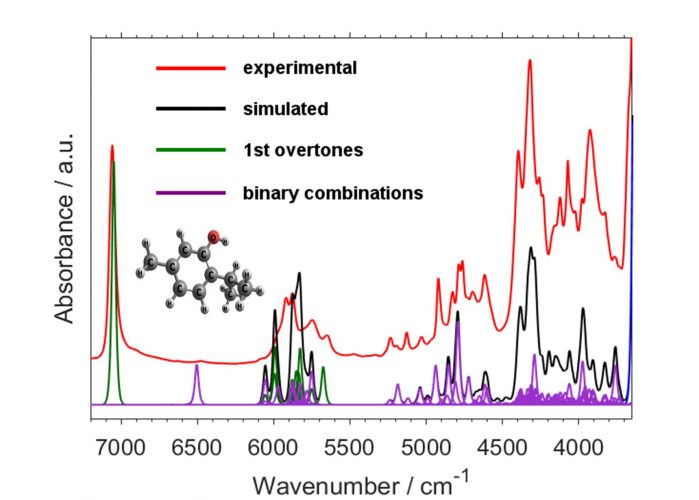

Figure 3: Quantum chemical simulation of NIR spectrum of thymol.
Taking the example of piperine, the most popular spice ingredient in world trade, we used its simulated NIR spectrum to interpret the regression models describing piperine concentration in black pepper samples.10 The subsequent cross section of the NIR spectrum of piperine obtained revealed an inherently complex structure with a large number of convoluted bands. Most of these are binary combinations; because they appear in large numbers, combination bands dominate the piperine absorption in the 5,500-4,000cm-1 range. The detailed assignments of NIR bands of piperine allowed us to interpret the characteristics of the PLS regression models that were designed to describe the content of the pipeline in black pepper samples (Figure 4). Two models developed for spectral datasets obtained with the benchtop laboratory instrument (NIRFlex N-500) and a miniaturised spectrometer (microPHAZIR) were compared. These two spectrometers use different optical principles (benchtop: FT-NIR with a polarisation interferometer, and microPHAZIR: a programmable MEMS Hadamard mask), leading to profound instrumental differences. However, both can successfully capture the most significant NIR absorption of piperine. We concluded that the sensitivity of the two instruments to certain types of piperine NIR vibrations is different, with the stationary spectrometer being far more selective. This differing ability to capture chemical information from the sample results in a varying performance between the laboratory FT-NIR spectrometer and the narrow-waveband miniaturised spectrometer for analysing the piperine content in black pepper.
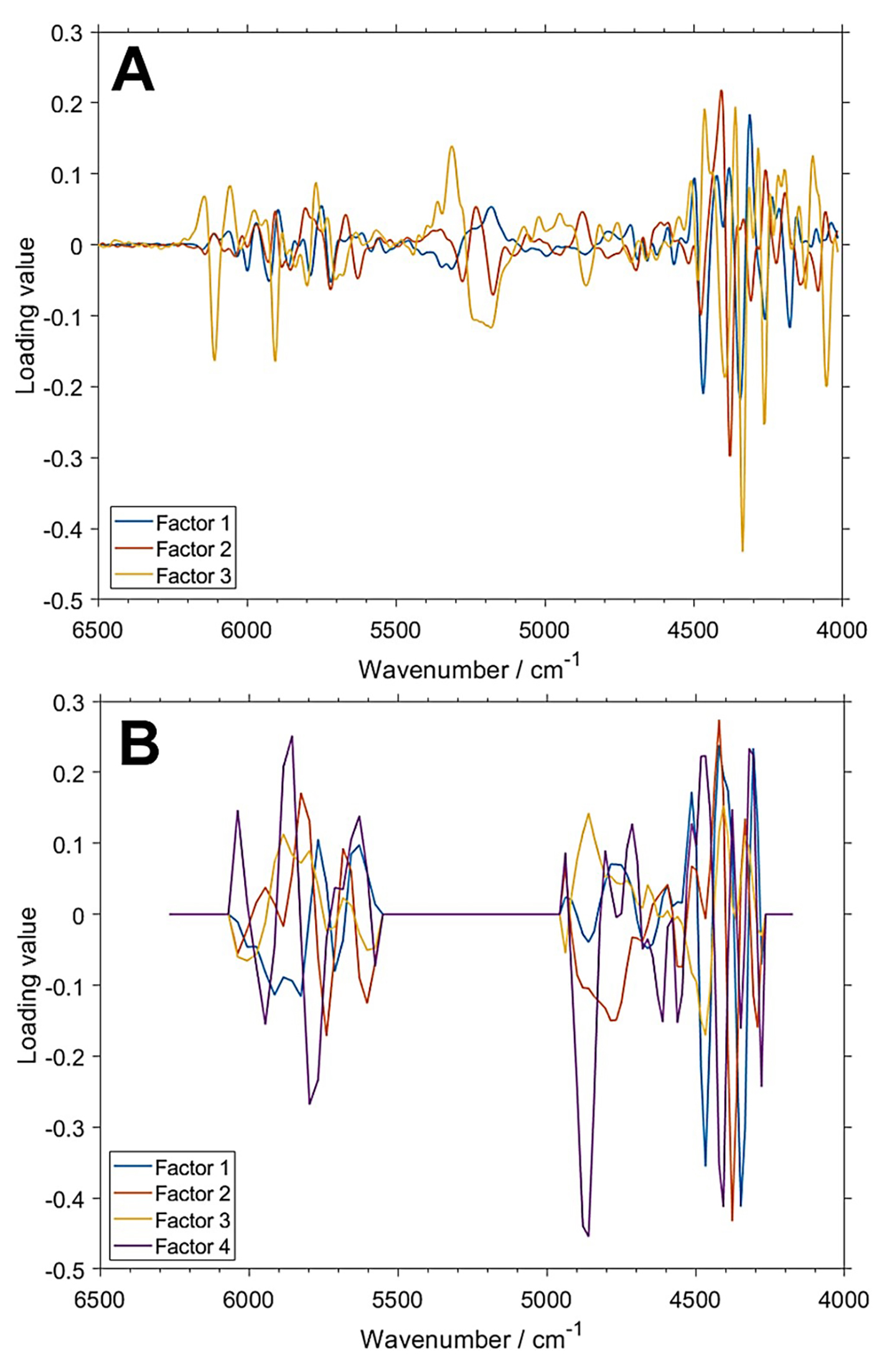

Figure 4: Loadings plots for the PLSR model of piperine content in black pepper developed for the NIR spectral sets measured with (a) benchtop Büchi NIRFlex N-500; (b) miniaturised microPHAZIR spectrometer. Reproduced from Reference 10, CC-BY 4.0 license.
Summary
Modern NIR spectroscopy is a formidable tool for quality control of herbal medicines in any form of the sample. This may nowadays be done in any location, including direct in-the-field application granted by miniaturised spectrometers. Fresh plant monitoring or optimisation of harvest time for the best yield of the therapeutic agent should be noted here. The advancing sensor technology is accompanied by development of new methods and essential research aimed at the physicochemical foundations of this technique. The latter results in much improved mechanistic understanding of the key factors that decide the success of the analysis. These merits of NIR spectroscopy are increasingly appreciated by the industry, where this technique gains ever increasing recognition.
About the authors






References
- Huck CW. Celebrating the 20th anniversary of NIR spectroscopy at the University of Innsbruck, Austria: Contributions to material-, bio-, medicinal plant and food analysis. NIR News 2019, 30, 22-25; DOI: 10.1177/0960336019826766
- Beć KB, Grabska J, Siesler HW, Huck CW. Handheld near-infrared spectrometers – Where we are heading? NIR News 2020, 31, 28–35; DOI: 10.1177/0960336020916815
- Beć KB, Grabska J, Huck CW. Principles and applications of miniaturized near-infrared (NIR) spectrometers. Chemistry – A European Journal 2021, 27, 1514-1532; DOI: 10.1002/chem.202002838
- Pezzei CK, Schönbichler SA, Kirchler CG, et al. Application of benchtop and portable near-infrared spectrometers for predicting the optimum harvest time of Verbena officinalis. Talanta 2017, 169, 70-76; DOI: 10.1016/j.talanta.2017.03.067
- Mayr S, Beć KB, Grabska J, et al. Challenging handheld NIR spectrometers with moisture analysis in plant matrices: Performance of PLSR vs. GPR vs. ANN modelling. Acta A 2021, 249, 119342
- Kappacher C, Neurauter M, Rainer M, et al. Innovative combination of dispersive solid phase extraction followed by NIR-detection and multivariate data analysis for prediction of total polyphenolic content. Molecules 2021, 26, 4807; DOI: 10.3390/molecules26164807
- Kirchler CG, Pezzei CK, Beć KB, et al. Critical evaluation of spectral information of benchtop vs. portable near-infrared spectrometers: Quantum chemistry and two-dimensional correlation spectroscopy for a better understanding of PLS regression models of the rosmarinic acid content in Rosmarini folium. Analyst 2017, 142, 455-464; DOI: 10.1039/C6AN02439D
- Ozaki Y, Bec KB, Morisawa Y, et al. Advances, challenges and perspectives of quantum chemical approaches in molecular spectroscopy of the condensed phase. Soc. Rev. 2021, 50, 10917-10954. DOI:10.1039/d0cs01602k
- Beć KB, Huck CW. Breakthrough potential in near-infrared spectroscopy: spectra simulation. A review of recent developments. Chem. 2019, 7, 48; DOI: 10.3389/fchem.2019.00048
- Grabska J, Beć KB, Mayr S, Huck CW. Theoretical simulation of near-infrared spectrum of piperine. Insight into band origins and the features of regression models, Spectr. 2021 75, 1022-1032. DOI: 10.1177/00037028211027951









